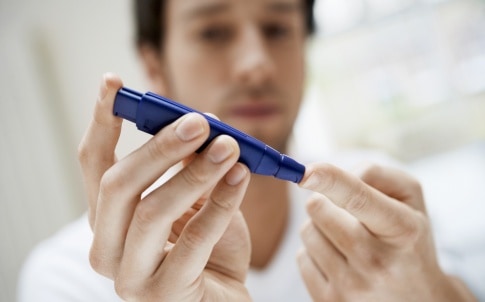
The system is built around an inexpensively-produced sensor capable of measuring pH levels which can stretch and flex to better fit the contours of users’ bodies.
Made from a graphite-polyurethane composite and measuring around a single square centimetre, it can stretch up to 53 per cent in length without compromising performance. The researchers claim that it will also continue to work after being subjected to flexes of 30 per cent up to 500 times, which will allow it to be used comfortably on human skin with minimal impact on the performance of the sensor.
Described in a paper published in the journal Biosensors and Bioelectronics the sensor uses near-field communication to wirelessly transmit its data to an accompanying smartphone app called ‘SenseAble’ which allows users to track pH levels in real time. This was demonstrated in the lab using a chemical solution created by the researchers which mimics the composition of human sweat.
The group claims that the new device has big advantages over other non-invasive, wearable systems which require consistent contact with skin to offer the highest-quality monitoring. Current systems are made from rigid materials, making it more difficult to ensure consistent contact, and other potential solutions such as adhesives can irritate skin. Wireless systems which use Bluetooth to transmit their information are also often bulky and power-hungry, requiring frequent recharging.
Whilst the current system measures the pH level of users’ sweat the group is now looking into expanding its capabilities to measure a range of other chemical markers.
“Human sweat contains much of the same physiological information that blood does, and its use in diagnostic systems has the significant advantage of not needing to break the skin in order to administer tests,” said project leader Prof Ravinder Dahiya. “Now that we’ve demonstrated that our stretchable system can be used to monitor pH levels, we’ve already begun additional research to expand the capabilities of the sensor and make it a more complete diagnostic system. We’re planning to add sensors capable of measuring glucose, ammonia and urea, for example, and ultimately we’d like to see a system ready for market in the next few years.”
The group’s work is being jointly funded by the European Commission and EPSRC.




Project to investigate hybrid approach to titanium manufacturing
What is this a hybrid of? Superplastic forming tends to be performed slowly as otherwise the behaviour is the hot creep that typifies hot...